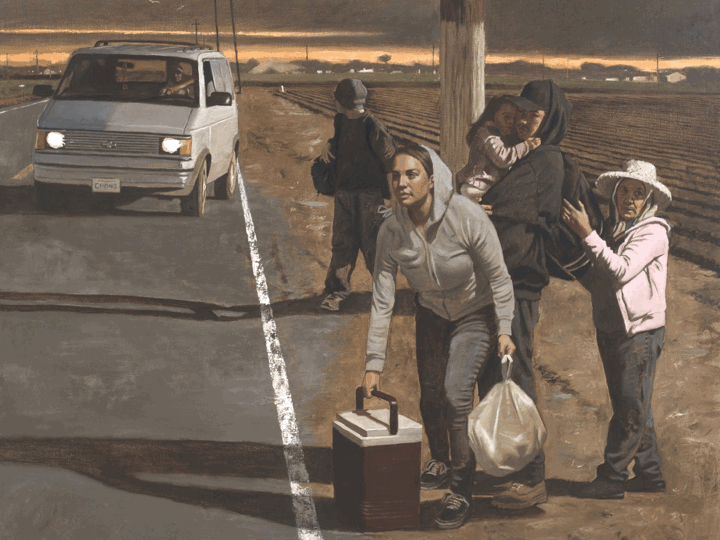Items From the China Trade in Exhibit
- Share via
On Feb. 22, 1784, a merchantman named the Empress of China sailed from New York harbor, outbound for the Orient. It was the initial voyage of the China-American trade, the beginning of a commerce that would bring tidy profits to venturesome ship owners whose vessels would return with the treasures of the Far East.
An exhibit of Chinese craftsmanship and art is on display at the Pacific Asia Museum in Pasadena, on loan from the Kelton Foundation. Richard Kelton, an attorney and guest curator, is a veteran mariner who has sailed extensively in his 47-foot ketch, the Enchantress.
During his voyages, Kelton and teams of archeologists have traced the migratory paths of people in the Pacific and throughout the Mediterranean. In addition to researching various cultures, data was obtained on a variety of sciences including entomology and bird life.
Kelton became interested in the China trade six years ago while returning from Hong Kong where he acquired several paintings related to the era. Examples of this “trade art” produced for the West--paintings of ships and views of Chinese cities--are on display at the museum. Items of trade goods include silver, porcelain, ivory fans, lacquerware and instruments used by early navigators that demonstrate the development of maritime technology.
30 Tons of Ginseng
On that first voyage, the Empress of China carried nearly 30 tons of American-grown ginseng, a popular medicinal remedy among the Chinese. The ship’s manifest also included woolen garments and fur skins, which were in demand in China for wear in the cold winters. Lead was another item stacked in the cargo hold. More than six months after leaving New York, the ship dropped anchor in a river near Canton. Her return cargo consisted of black and green tea, hand-woven cloth, chinaware, silk and cinnamon. After returning to New York May 11, 1785, the owners would sell these goods for a 25% profit on the voyage. Others would follow.
It was Joseph Barrell, a Boston merchant who conceived a plan to send two American ships into the Pacific to acquire furs along the northwest coast of America where otters were abundant. He knew their skins would bring a good price in China. Joined by five other investors, they outfitted two ships in 1787 for the voyage.
John Kendrick who had commanded a privateer during the Revolutionary War was named master of the Columbia, a ship of 212 tons, and a Rhode Islander, Robert Gray, was selected to be the captain of a 90-ton sloop, the Washington. Nearly a year later after passing California, the two ships rendezvoused near Nootka Sound in (present day) British Columbia. Here several hundred otter pelts were obtained by trading inexpensive iron chisels with the Indians.
Switched Ships
At Vancouver, the two captains switched ships, with Gray returning to Boston on the Columbia. Kendrick acquired more furs and sailed the sloop to China where he sold his cargo for about $18,000--a good sum in that era. He then absconded on the high seas with both ship and money.
Gray was again aboard the Columbia, bound for the Pacific Northwest to trade for furs in 1790. In May, 1792, he made his memorable discovery when he entered the mouth of the great river that bears the name of his ship today. He had given the United States a valid claim to an extensive domain.
As for the dishonest Kendrick, he would receive his due Dec. 12, 1794. While anchoring off Honolulu, a nearby ship fired a cannon salute to the King of Oahu. A negligent gunner forgot to remove a charge of grape beforehand. The shot tore through the ship commanded by Kendrick, killing him and several of his crew.
Today at the museum a new exhibit that complements the Kelton collection is opening in the Student Gallery. It is a collection of art objects that were used in everyday life in China, Korea and Japan, designed to show a comparison of the Asian cultures.
Pacific Asia Museum is at 46 N. Los Robles Ave., Pasadena, one block north of Colorado Boulevard. General admission is $2; seniors 65 and over and students with ID $1.50. Parking next door is $1. Admission is free on the third Saturday of each month. Hours are noon to 5 p.m. Wednesday through Sunday. Information: (818) 449-2742.
More to Read
Sign up for The Wild
We’ll help you find the best places to hike, bike and run, as well as the perfect silent spots for meditation and yoga.
You may occasionally receive promotional content from the Los Angeles Times.






